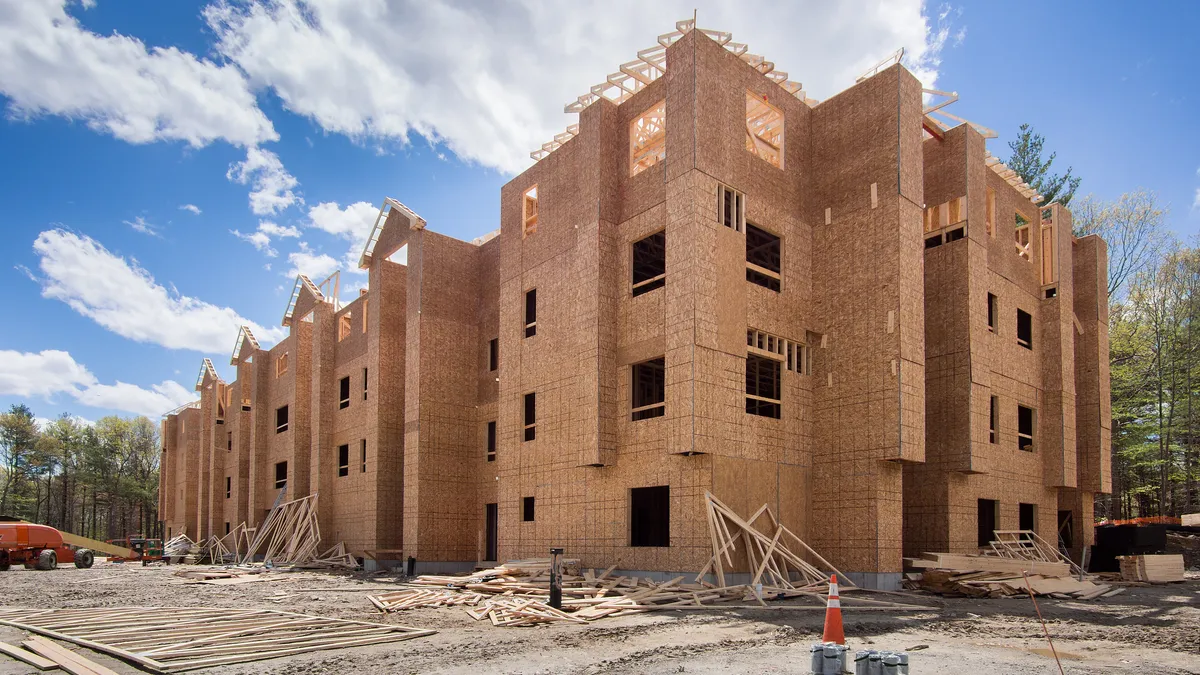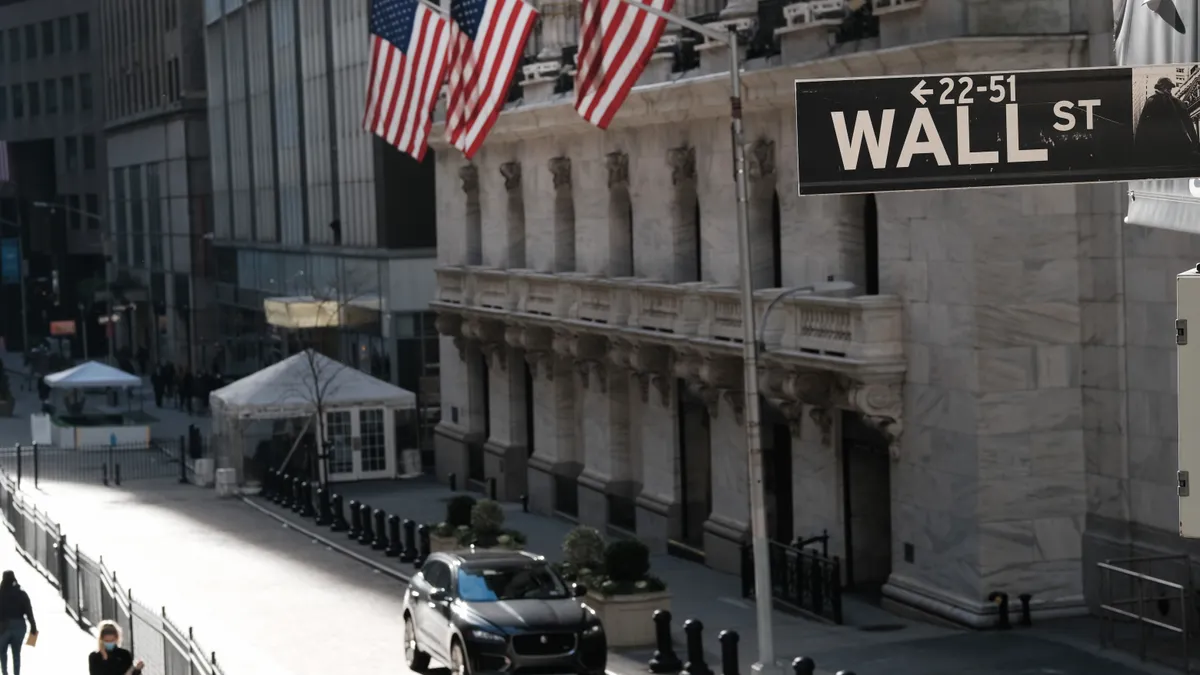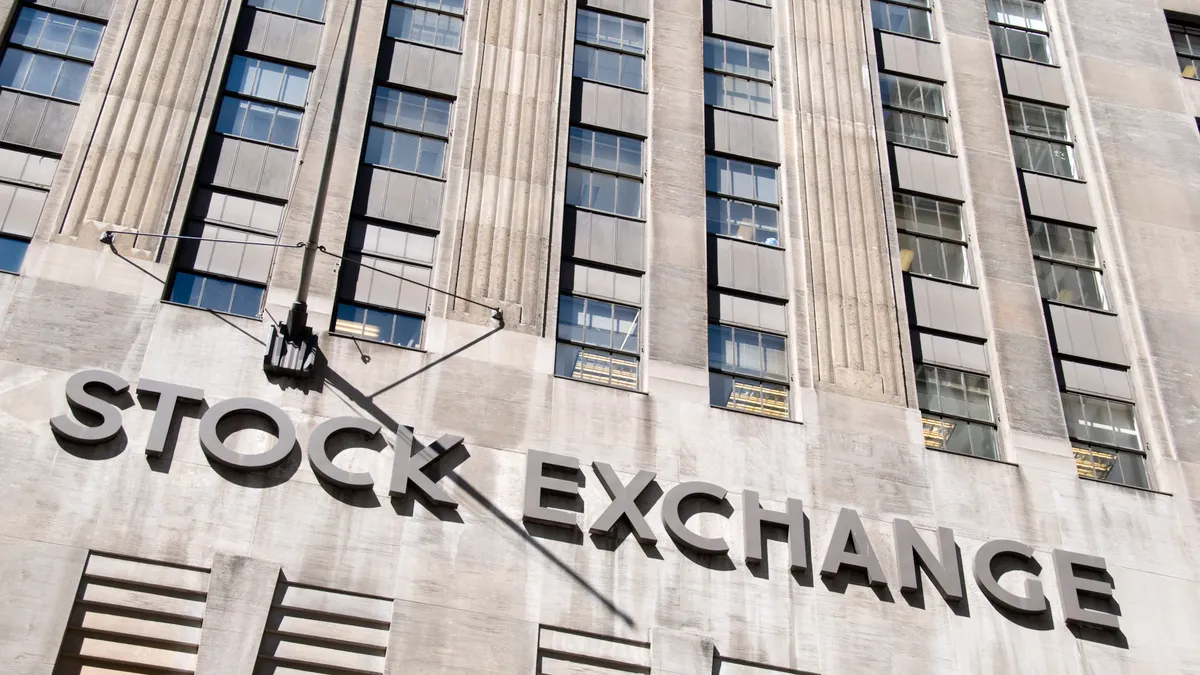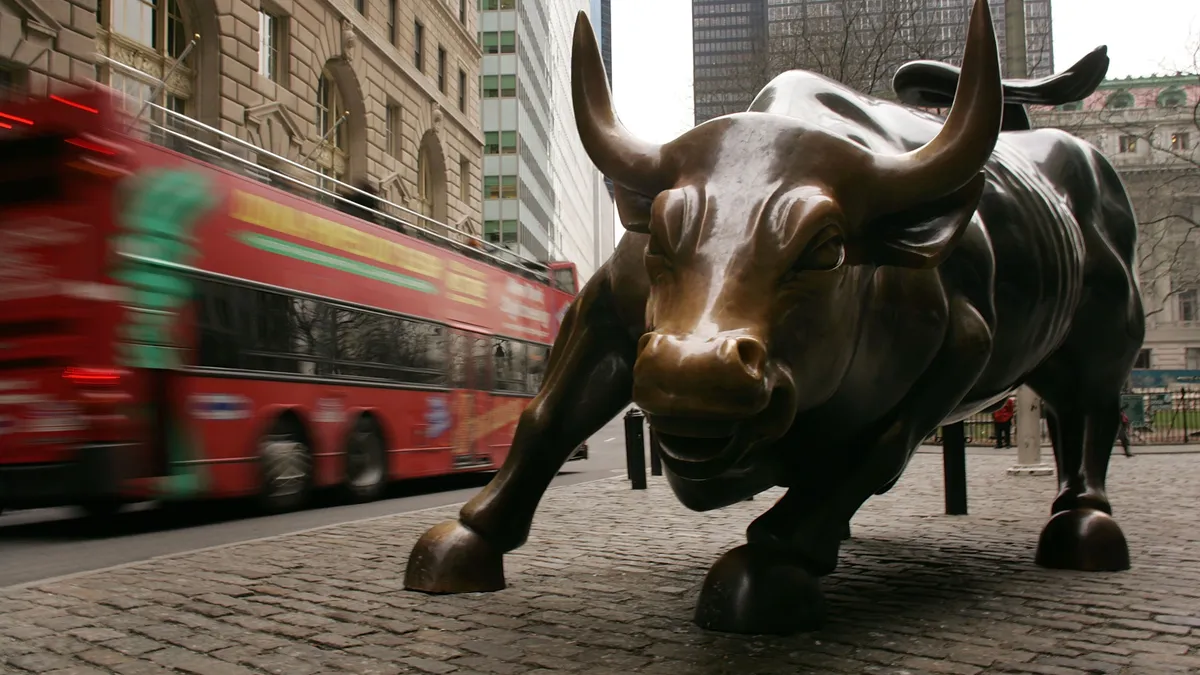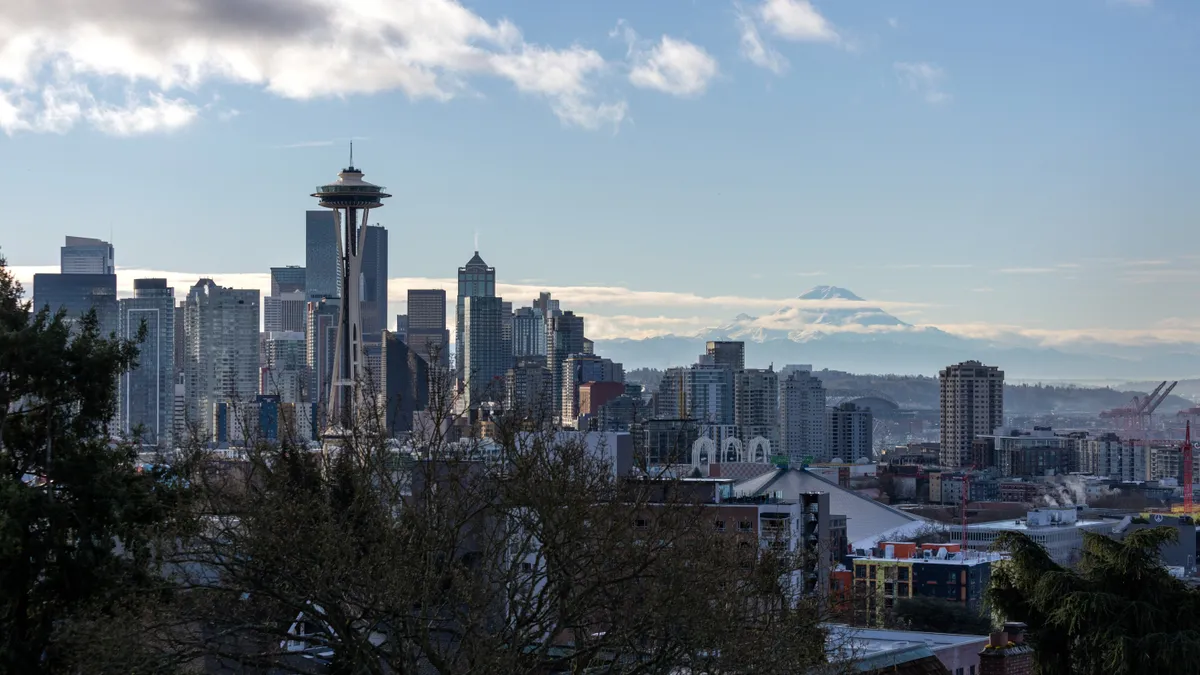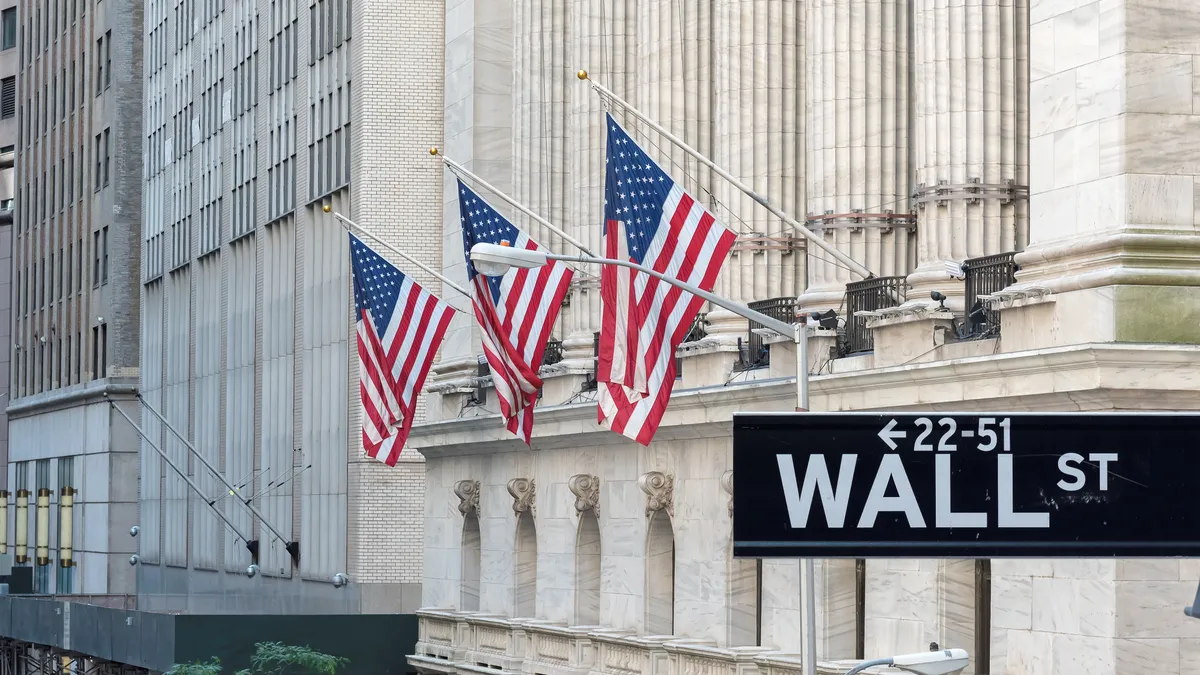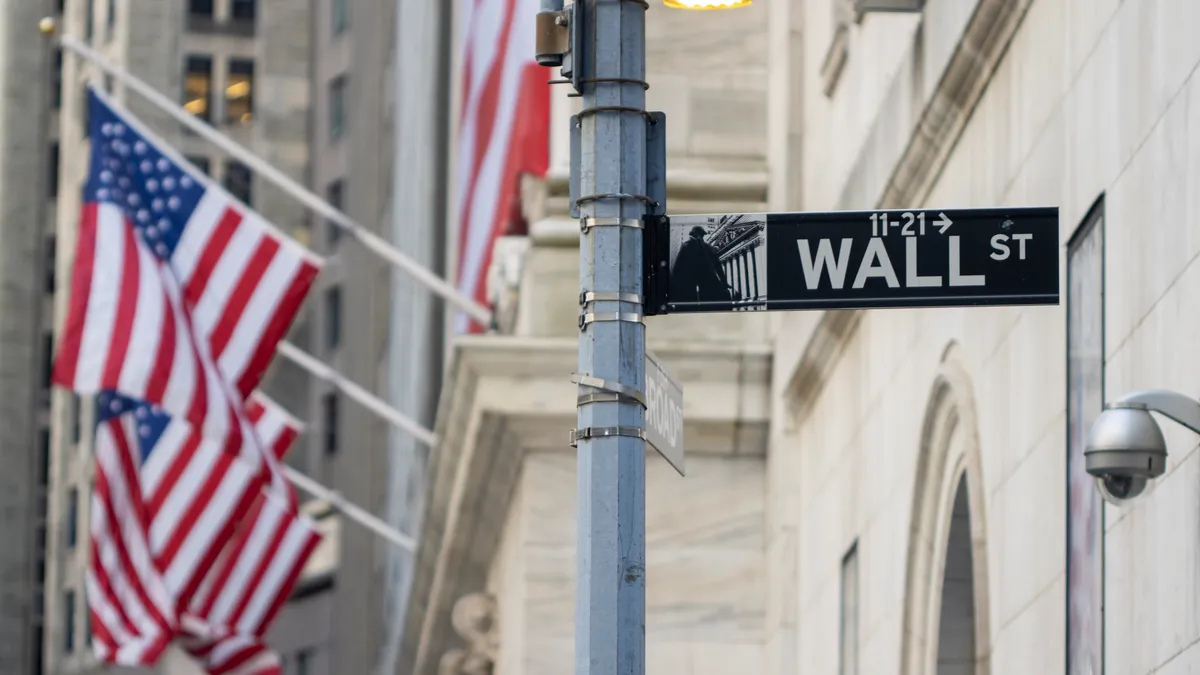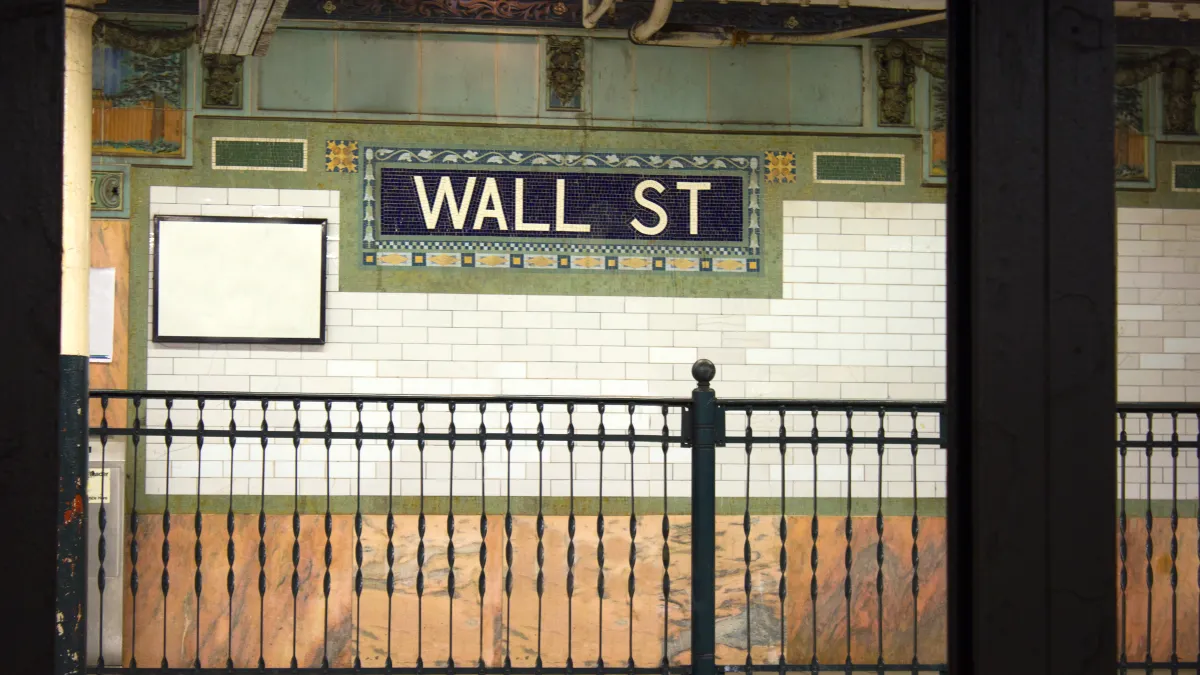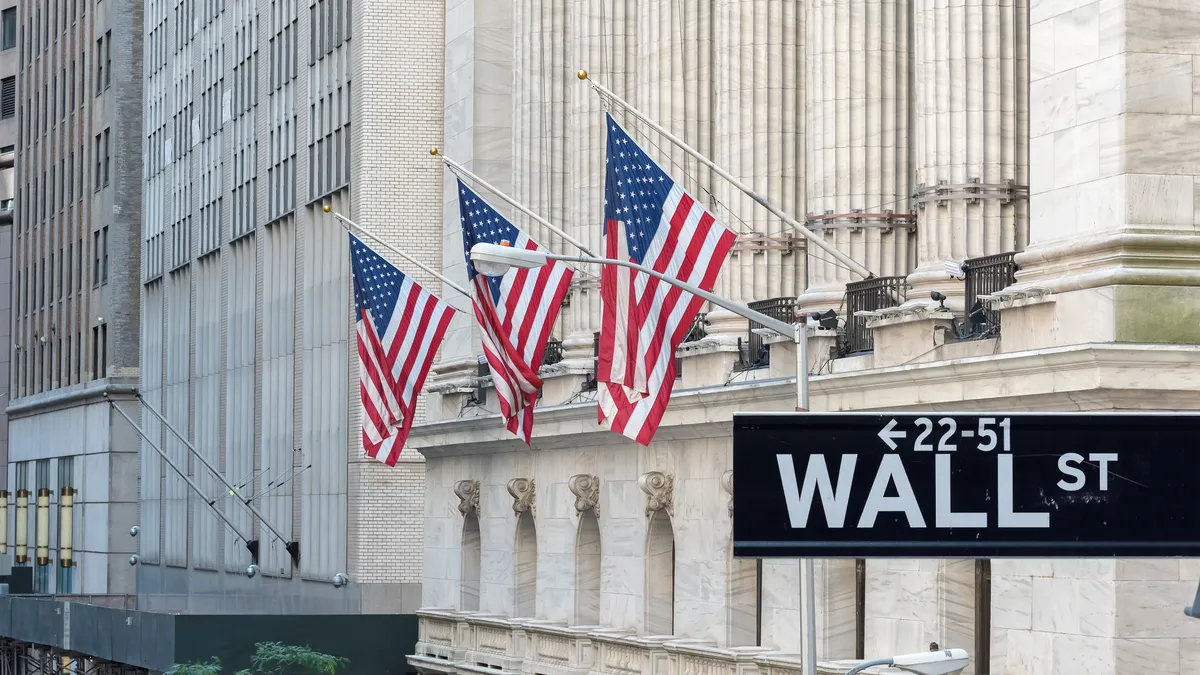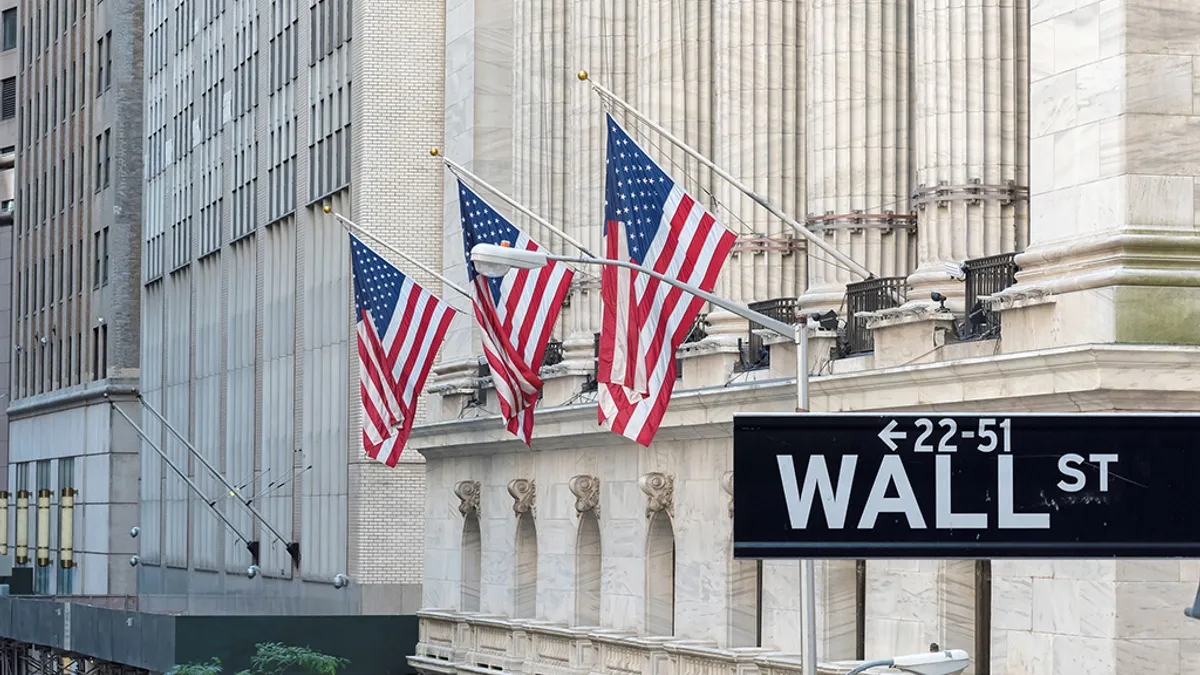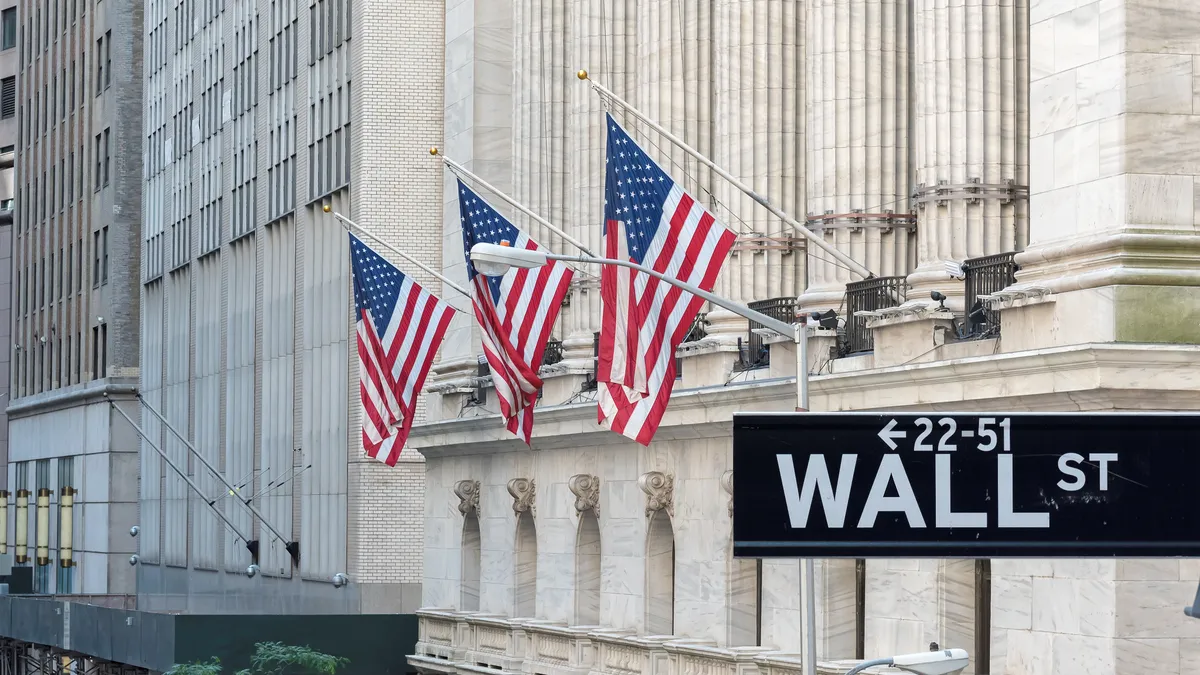It’s usually pretty easy to know how Camden executives feel about the apartment market before they even start talking on their earnings calls. That’s because leaders at the Houston-based REIT choose to send a signal with their intro music for each quarterly meeting.
Camden went with music by the Beach Boys for its second-quarter earnings call earlier this month, partially in a tribute to lead singer Brian Wilson, who died in June. However, that wasn’t the only reason.
“The Beach Boys' upbeat musical themes included Good Vibrations, Surfin’ U.S.A. and Fun, Fun, Fun, [and] all fit with team Camden and our culture to a T,” CEO Ric Campo said on the earnings call. “Good Vibrations continue for our Sun Belt markets, and we should be back to Fun, Fun, Fun next year. Second quarter apartment demand was one of the best in 25 years following a strong first quarter.”
Camden’s Q2 same-store revenue growth of 1% year over year was 50 basis points better than the projection from Michael Lewis with Truist. The REIT also beat the analyst’s expectations in expenses, same-store net operating income and occupancy.
Others also noted Camden’s gains in Q2. “Like peer MAA, Camden was able to drive meaningful sequential blended rate growth from 1Q25 with improved new lease rates and improved renewals … while growing occupancy and keeping turnover low, offering encouragement for 2H25,” wrote Haendel St. Juste, managing director of REITs for investment bank Mizuho Securities, in a research report shared with Multifamily Dive.
Here’s a deeper look into Camden’s market-level performance from its Q2 earnings release and analyst call.
Washington, D.C., holds up
Twenty-five percent of Camden’s NOI comes from Washington, D.C., and Houston. Even though the REIT wants to diversify out of those markets eventually, they’re both “continued long streaks of positive YOY revenue growth,” according to Lewis.
Other REITs noted some slowing in the nation’s capital due to federal job and contracting cuts through the Department of Government Efficiency. Still, Camden continues to see it perform better than expected. The metro posted the company's second-highest quarter-over-quarter revenue growth at 3.7%, second-highest occupancy at 97.3% and second-highest rental rate growth at 4.1%.
“We're seeing absolutely no slowdowns in guest cards,” Camden President and Chief Financial Officer Alex Jessett said on the call. “I would take every one of our markets to be behaving like D.C. today.”
However, Jessett did point out that most of the REIT’s properties were in Northern Virginia, which is performing better than Washington, D.C., and Maryland. “A lot of it is where we're positioned in the markets. And I also think a lot of it is the DOGE concerns are probably pretty overstated currently for what we're seeing inside the district.”
Camden also noted that its highest quarter-over-quarter revenue growth market was in Los Angeles — a trouble spot for some of its REIT peers. The company is still facing new deliveries in the Sun Belt, but improvement is on the horizon.
Campo said starts are down 76% in Charlotte, North Carolina; Denver; Austin, Texas; Atlanta and D.C. They’ve fallen 60% to 76% in Tampa, Florida; Orlando, Florida; Phoenix and Nashville, Tennessee and declined 45% to 65% in Dallas; Houston; West Palm Beach, Florida; and Fort Worth, Texas.
Jessett pointed to Austin as a market where Camden has a lot of confidence. “Once that supply gets absorbed, the demand is so strong that it will be great,” he said. “But today, it is continuing to be softer than we had anticipated.”
Blended rent projections
Second-half rent growth was a hot topic on several REIT calls, with many companies expecting a slower second half of 2025.
Camden, which anticipates blended rents of just below 1% in the third quarter, bucked that trend to a degree after seeing a 70-basis-point increase in Q2. It expects Q4 to be similar to Q2.
“Remember that the reason why we haven't had more pricing power in our markets is not a demand issue,” Jessett said. “It's a supply issue. And we know that we are rapidly working through the excess supply in our market.”
Camden’s occupancy rate was 95.6% in Q2, and it is expected to remain in that range for the remainder of the year as residents continue to renew their leases.
“Turnover rates across our portfolio remain very low, with the second quarter of 2025 annualized net turnover of only 39%, a testament to strong resident retention and satisfaction, along with continued low levels of move-outs for home purchases, which were 9.8% this quarter,” Camden Executive Vice Chairman of the Board Keith Oden said on the earnings call.
BY THE NUMBERS
| Category | Q2 | YOY Change |
| Property revenue | $377.4 million | 1.0% |
| Net operating income | $241 million | 0.2% |
| Operating expenses | $136.4 million | 2.4% |
| Core funds from operations | $1.70 | -0.6% |
| Occupancy rate | 95.6% | 30bps |
SOURCE: Camden
Campo pointed to 31 straight months of wage growth exceeding rent increases, historically high homeownership costs, outsized job and population growth in his markets and declining supply as tailwinds for his company.
“New additions to supply have peaked in our markets,” Campo said. “New developments are leasing at a decent pace, given the record demand. As projects continue to lease up through the balance of 2025, rental rates should firm by the beginning of 2026, leading to better-than-average rent growth.”
Click here to sign up to receive multifamily and apartment news like this article in your inbox every weekday.





